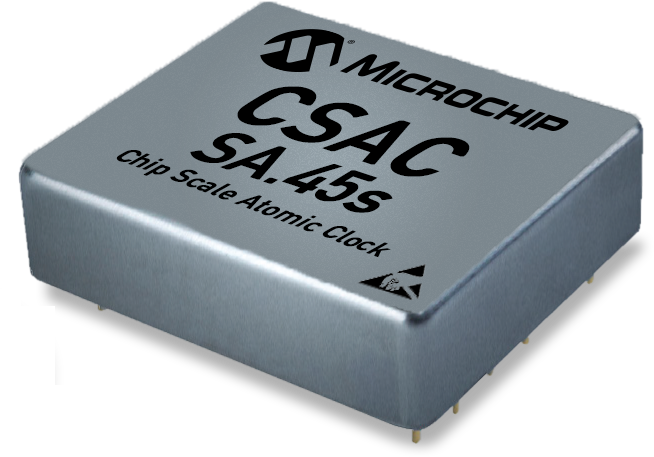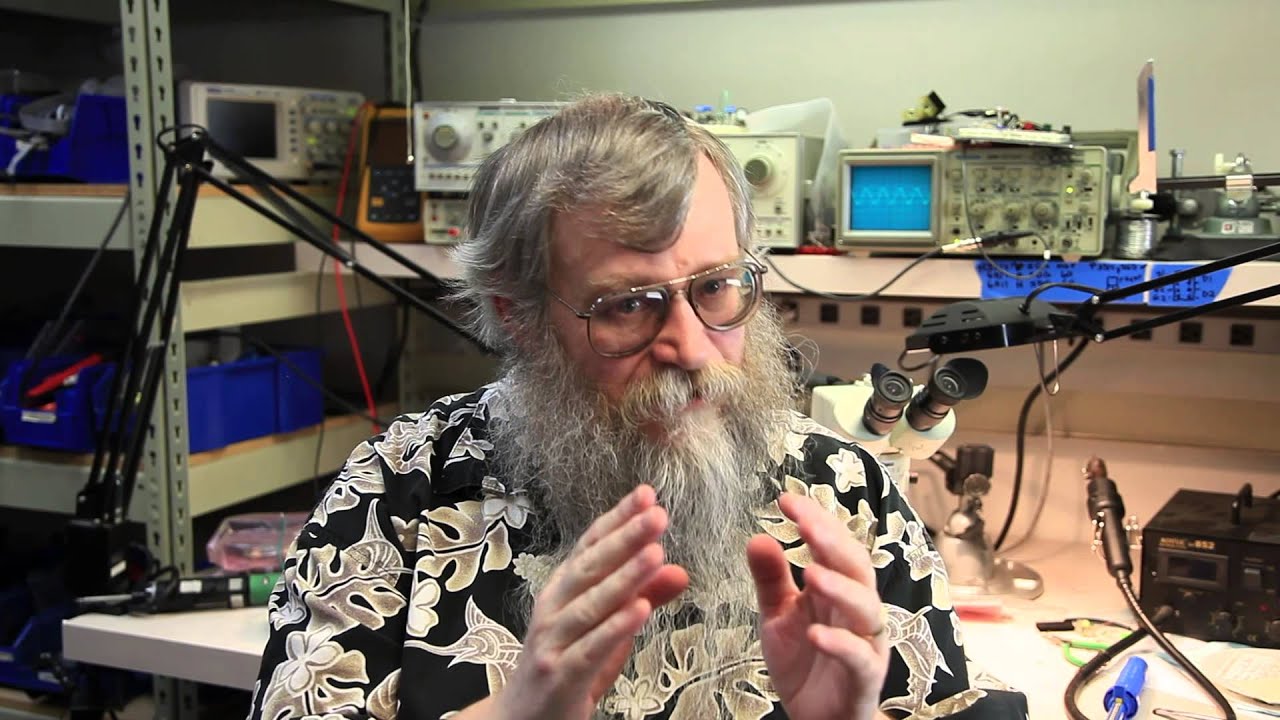does anyone know, what is jitter spec on Rossini clock and Vivaldi clock.
not that it matters or not in audio quality. asking just out of curiosity.
manufacturers like MSB offer clock with various jitter spec like starting from 140 femto to 77 to their 33 femto which is their top of the line
I don’t have an answer to your question, but just as an aside, different DAC architectures have varying sensitivity to clock jitter, and the resulting sonic impact can manifest in very different ways depending on the DAC.
Since you mentioned MSB, their discrete R-2R Resistor Ladder architecture is, I believe, inherently more sensitive to clock jitter than say a DAC built with a delta-sigma converter chip from ESS for example. So, in fact, MSB actually needs to have a better clock.
As you no doubt guessed, IMHO, knowing a specific clock jitter number is not going to help determine how one system performs compared to another. Apples and oranges and all that 
thank you @Anupc. definitely an interesting fact to think about.
would fpga custom chip ringdac like as in dcs fall in the same category as ESS/wolfson/AKM in terms of sensitivity to clock jitter?
I don’t honestly know  , by the way, even the delta-sigma folks aren’t all alike, ESS for example has specific (patented) technology that helps them mitigate (or at least dramatically reduce) clock jitter issues.
, by the way, even the delta-sigma folks aren’t all alike, ESS for example has specific (patented) technology that helps them mitigate (or at least dramatically reduce) clock jitter issues.
That said, on the basis that the dCS Clocks themselves support a random clock dither function, my educated guess would be that dCS systems are likely less sensitive to external clock jitter than your average other top-of-the-line DACs.
I seem to recall reading something by one of our dCS team explaining how traditional clock jitter specs are not very helpful in understanding effect on the (dCS) DAC. But I am probably misremembering.
But Anup is correct: different DAC chips and architectures need certain qualities of clock performance in order to sound their best. When I made the move from my TotalDAC rig to my MSB Select II, I ponied up for the femto 33 clock, because it made a difference. To my ears, the Vivaldi Clock improves (audibly and not insignificantly) the Vivaldi DAC, and I assume that’s because its performance has been engineered for the RingDAC. I’d probably like to understand the “how” better, but dCS is understandably coy about details. And the Cybershaft OP21A seems to help further (unfortunately, with one step further removed from the “how”). If and when we get a Vivaldi successor, I suspect we—and our wallets—will get a chance to re-evaluate these matters. 
Oh yes, James did indeed explain much of this back in June. ![]()
![]()
Thanks Anup.
what defines a Femto clock, and is the Rossini / Vivaldi clock such a clock anyway?
Clock specifications have traditionally defined jitter from a two perspectives, in the time domain, and in the frequency domain. Even within the time domain, there are multiple ways that jitter can be measured, for example, period jitter, cycle-to-cycle jitter, time-interval-error (TIE), long time jitter, etc.
HiFi Clock vendors tend to mostly gloss over all this and just focus on the clock accuracy and the period jitter specifications (based around a standard deviation of 10,000 measured clock cycles).
Typical Crystal Oscillators have this standard deviation performance at the picoseconds level (10^-12), but it’s increasingly common to see oscillators with even better performance at the femtoseconds level (10^-15).
Theres anecdotal evidence that human hearing thresholds for jitter are down to the 10s of picoseconds levels, but it’s (currently) unknown whether anything better than that is actually even audible (let alone 1,000 times better which is what femtoseconds would mean!! ).
There’s a lot of typical audiophile hype around clock specifications, most just fall for the numbers games based on posts they see on various audiophile forums  . dCS have not specified the jitter performance of their clocks, only the accuracy/stability (in parts-per-million).
. dCS have not specified the jitter performance of their clocks, only the accuracy/stability (in parts-per-million).
Thanks Anup. Such an advantage to have smart people on this forum. From my perspective, I don’t know what my MSB Select II DAC would sound like with less than the 33 Femto Clock I bought it with. My guess is that this is as good as MSB can make it sound. And it sounds very very good. I do think that my Vivaldi DAC/Upsampler, as good as the combination sounds, is even better with the Vivaldi Clock, and even better, though by a lesser margin, with the Cybershaft OP21A reference clock. But that could be my wallet talking too, which might well be fed up with the pain I have imposed on it. 
it’s possible to connect the Vivaldi clock (and I assume Rossini) clock to another clock? Interesting… do tell more!
It is not possible to connect a 10mHz clock to a Rossini clock. This requires a reference clock input which only the Vivaldi clock has in the current dCS product range.
Adding a reference clock may or may not improve the outcome in sound quality terms. As Anup so rightly says :
It is also very worthwhile reading dCS’ ( in the person of James) own comments. in particular his final paragraph which directly concerns the issue that you raise:
Well put. . …
Yes, both of these points are correct. If you are connecting a reference clock to the Vivaldi Clock, it has to be more accurate than the Vivaldi Clock in the long term for it to have any positive impact. So, the accuracy needs to be higher than +/- 0.1 parts per million over time.
Jitter (and subsequently phase noise) on a reference clock going into the Vivaldi Clock is largely irrelevant as in essence the Vivaldi Clock doesn’t respond to fast changes on the reference input - it has a slow acting PLL (also known as a narrow bandwidth) so any high frequency changes, i.e. jitter, are filtered out. Within limits of course - if the jitter is extreme enough it may cause the clock to fail to lock to the incoming signal, although one would like to think this would be rare on an external master clock!
It is also worth noting that the kind of clocks likely to produce this level of accuracy are likely to be atomic clocks, and these are usually a bad idea to connect directly to audio equipment such as a DAC as despite being incredibly accurate over time, in the short term there can be a fair bit of variation as the system tunes around the target frequency - jitter. Not great in terms of the DAC, but when fed to another master clock with a slow acting PLL the high long-term accuracy reference can have a positive effect.
I used to watch a lot of videos on YouTube published by PSAudio, who made my last DAC… the DirectStream … the guy behind it, Ted Smith explains this relationship between short term accuracy and long term, with atomic clocks, etc well here. Funny side note, he talks a lot about the cost of doing something in his various videos, and you get the impression that PSAudio (meaning Paul McGowan) lean hard on him to keep costs down… I heard him say the retail to cost ratio has to be 5 or 6 to 1, so that he’s not able to use the kind of transformers and clocks he necessarily would like to … which might explain their latest forree into the 2-box DAC that’s going to be known as the “Ted Smith Signature DAC”… I think a guy like this might thrive better at a company like dCS who tend to focus more on “Spare little expense” build, and less on the cost… as obviously exemplified by the Vivaldi system’s cost.
I like the idea of Ted at dCS, though I suspect it’s unlikely. On a bang-for-buck basis, I think PS Audio produces excellently performing and high value equipment. I’ve owned a lot of their stuff. Quite musical.
Hmmm. Before getting the Cybershaft OP-21A, I had pulled the trigger on both an SRS Perf10 and an Antelope 10MX rubidium clock. The latter’s studio capabilities scared me off a bit, and I knew less then than I do now. Among other things, I had “over-interpreted” the notion that atomic clocks are generally bad for audio devices. I am inclined to give both a try, and see how they compare to the Cybershaft. Their long-term specs seem to me to meet James’ threshold requirement, although I may be interpreting them incorrectly.
The idea that atomic clocks are bad for audio does have some basis, but it depends heavily on where they are used. Because the short term accuracy (the area that is important for audio) of an atomic clock is pretty low comparatively (jitter is created while the clock tunes itself around the target frequency), it would generally be a bad idea to connect it directly to a DAC for example. It will essentially be a jittery signal, at least by high-end audio standards.
However, while the signal is jittery, in the long term it will be incredibly accurate as all the tuning around the target frequency will average out over time. So, feeding it into a second Master Clock with a quartz oscillator (which have inherently low levels of phase noise and jitter) provides this second Master Clock with a long-term stable reference to adjust to.
This of course depends on how the PLL in that second Master Clock has been designed - if it has a wide bandwidth (is fast acting) the jitter may well be passed on to the DAC. If it has a lower bandwidth PLL (slower acting) the jitter should be filtered out before it reaches the DAC, mitigating the issue. For reference, the PLLs in a dCS DAC or Clock are the latter, being slower acting.
So, are they bad for audio? Really depends on where in the chain they are used, and how the products it connects to use the clock signal.
Thanks for that @James. Very helpful. And consistent with the earlier info you and @Anupc have posted here and elsewhere. I’ve got an SRS Perf10 on the way, and I am in the process of trying to borrow an Antelope 10MX. The Perf10 claims a long term accuracy of ±0.05 ppb ( ±5 × 10-11), and they also assert they have optimized short term phase noise for audio purposes (though, as you note, the Vivaldi Master Clock is less sensitive to this noise in a reference clock). Esoteric sources the same oscillator from SRS for their Grandioso G1 Clock. It will be interesting to see what, if anything, I hear. My experience with the Vivaldi Clock and the Cybershaft is that the changes are holistic, and not identifiable in traditional audiophool terms. But the change was readily apparent.
Maybe a cesium clock in the Vivaldi successor stack? 
![]()

